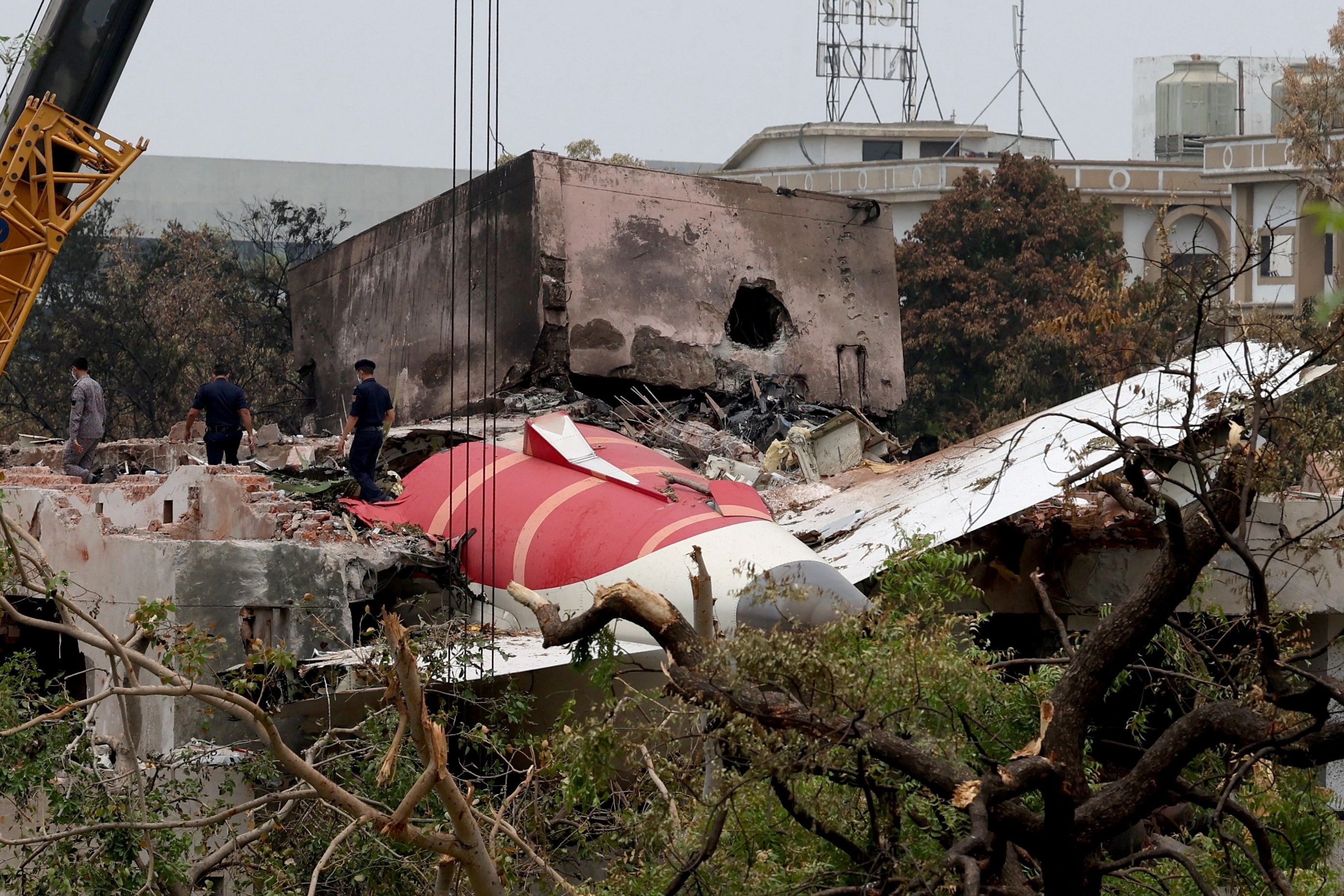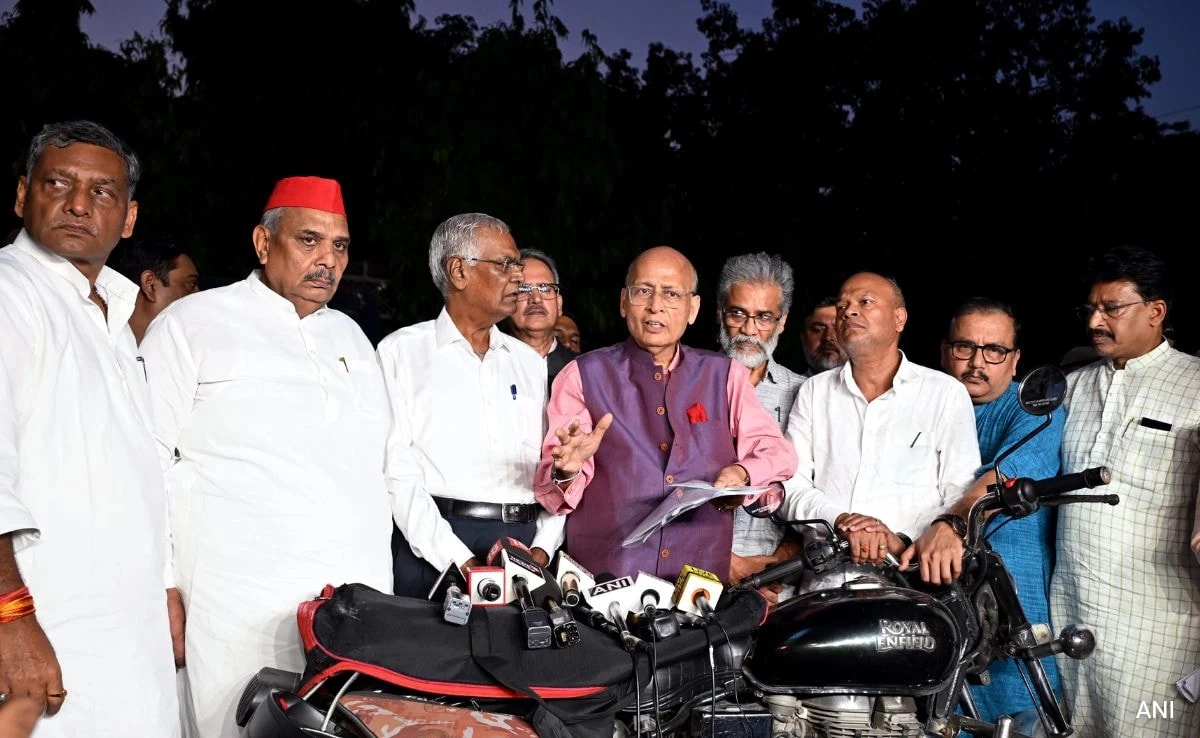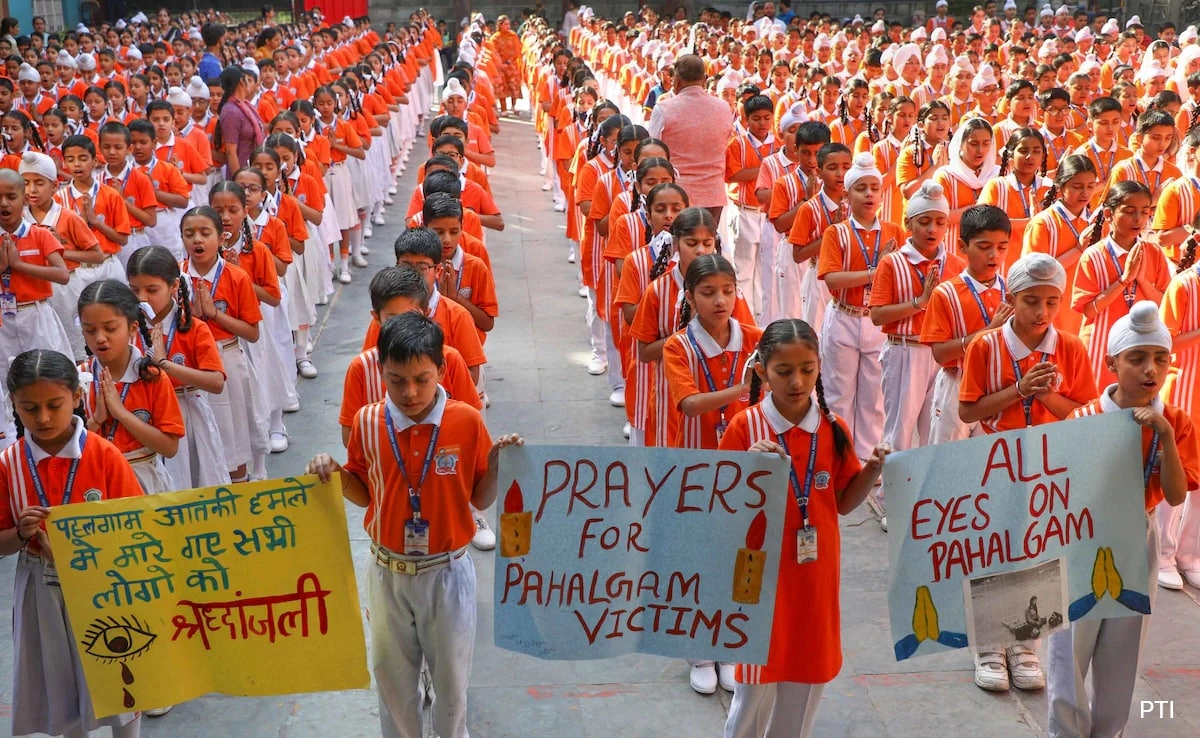Families of two victims from the tragic Air India crash are voicing their distress over what they claim is a grave error in the identification of their loved ones’ remains. The disaster, which took place earlier this year, resulted in the loss of numerous lives, and the families have been grappling with the grief of their untimely demise. However, the situation has escalated into a nightmare for these families as they allege that they received the wrong bodies during the repatriation process. This heart-wrenching mix-up has not only compounded their sorrow but has also raised serious questions about the procedures followed in identifying and returning the remains of those who perished in the incident.
The families are now demanding answers and accountability from the authorities involved in the identification process. They have expressed their anguish over the emotional turmoil this mistake has caused, as they seek closure and the opportunity to properly mourn their loved ones. The situation is further complicated by the fact that the identification of bodies in such tragic circumstances often involves significant challenges, including the potential for misidentification due to the condition of the remains and the chaos that typically follows a disaster. Nonetheless, the families believe that better protocols should have been in place to prevent such a heartbreaking error from occurring.
In the wake of this distressing revelation, the families are calling for a thorough investigation into the matter. They assert that it is imperative for the relevant authorities to ensure that such mistakes do not happen again in the future. This incident not only highlights the need for improved identification processes in disaster scenarios but also underscores the emotional toll that such errors can take on grieving families. As they navigate their grief, the affected families are also advocating for greater transparency and support from the agencies involved, seeking both justice for their loved ones and assurances that future victims’ families will not have to endure similar pain.
The fallout from this tragedy is far-reaching, with implications that extend beyond the immediate families affected. It raises broader questions about how bodies are handled following air disasters and the systems in place to identify and repatriate remains accurately. The families’ plight serves as a poignant reminder of the human element at the center of such tragedies, emphasizing the need for compassion and meticulous care in the aftermath of loss. As they pursue justice and answers, these families embody the resilience of those left behind, seeking to honor their loved ones while holding accountable those responsible for the mishap.




